Rickie Fowler's 5 Tee-To-Green Tips To Help You Play Better Golf
Rickie Fowler is an iconic name in the game of golf, with plenty of tour titles and a few near misses in the Majors. Here, he shares five tee-to-green tips...
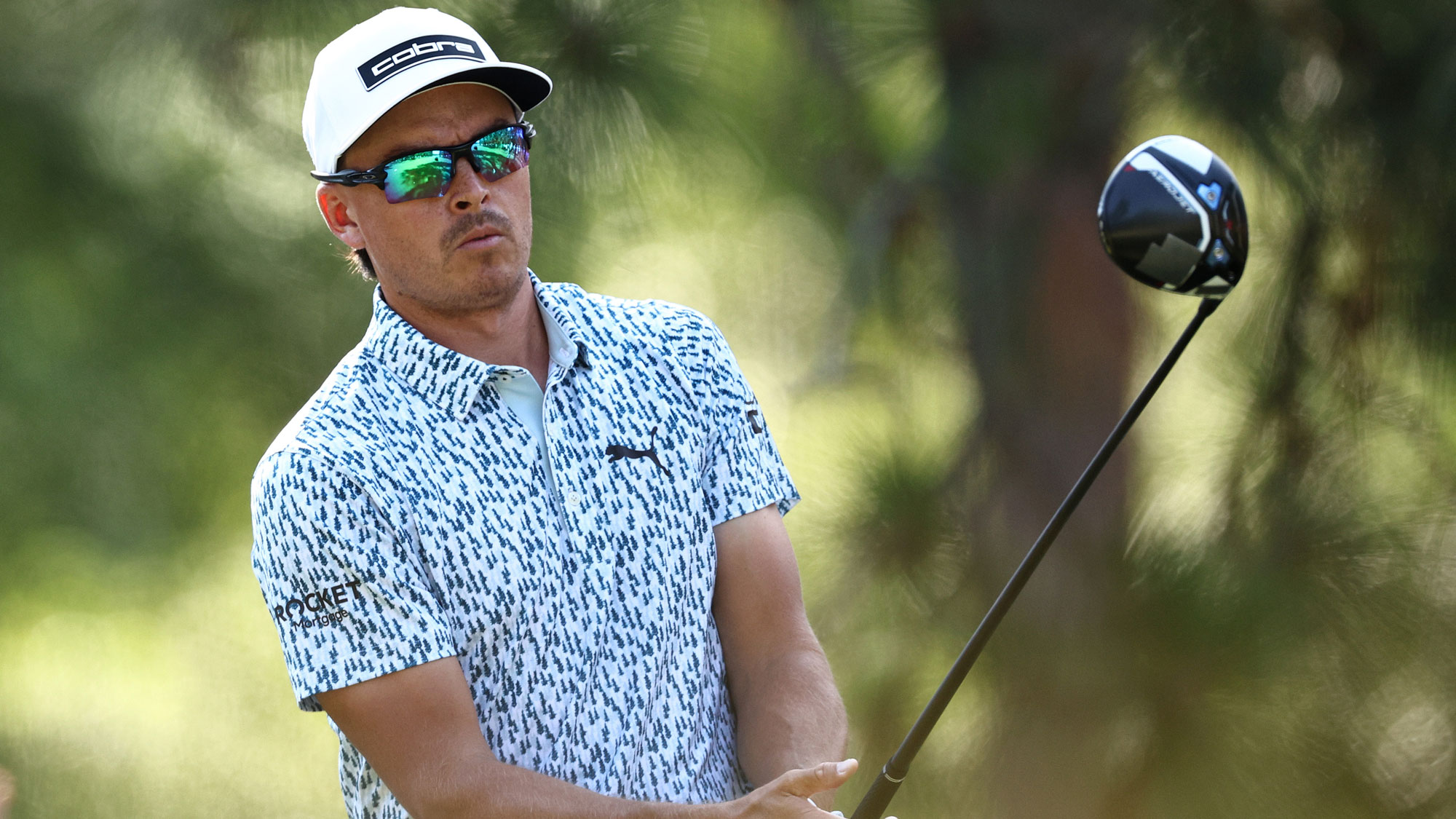

Rickie Fowler has been one of the most recognisable figures in golf for most of his career, amassing 10 professional wins including six PGA Tour titles. Clad in his iconic orange apparel, Fowler finished runner-up in three out of the four Major Championships, and won't be ready to give up hope of eventually getting over the line.
He has made huge strides with his performances in the last couple of years, following a slump in form, and his hard work paid off when he ended a four-year winless streak to take the 2023 Rocket Mortgage Classic.
In this article, Rickie Fowler shares five tee-to-green tips to help you improve your own golf game...
1. Driving
I think with driving, people try to hit it hard. This is a good thing, but if you don’t know where it’s going, it really doesn’t matter how hard you’re hitting it. Swinging within yourself and figuring out how to properly hit it straight is key for consistency. Get that figured our first, and then you can move on to driving it further from there.
2. Irons
The middle of the green is always good. Recreational golfers won’t necessarily face pins in corners like we do at tournaments, but they still need to see the value of the middle of the green. You also need to accept how far you really hit or carry shots and not try to hit a club too hard, thinking ‘I’ve hit 6-iron 190 yards one time, I’m going to do that again’.
You should start simple, get the ball in the fairway and hit a lot of greens, and then you can start trying to fine-tune from there. If you’re just swinging hard and missing fairways, it’s going to be an uphill battle.
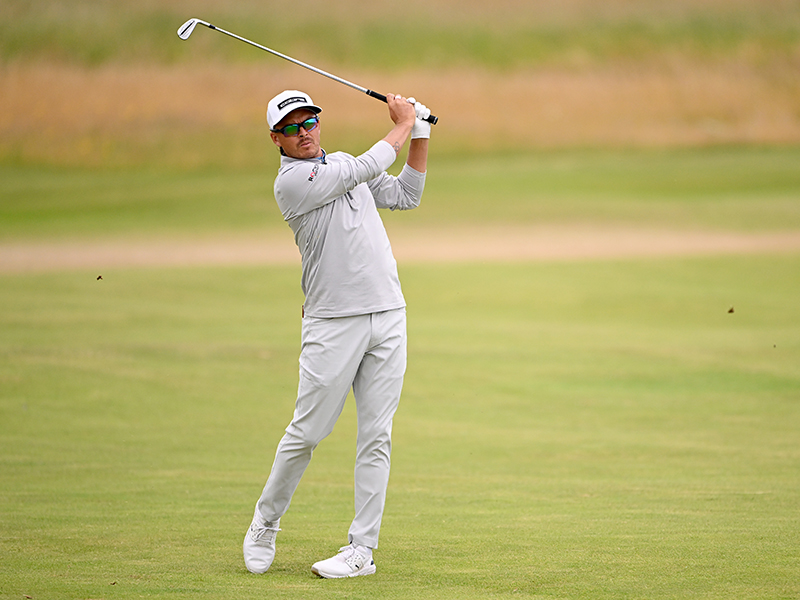
3. Bunker Play
My key with bunkers is an open face, so you’re exposing the sole of the club. Once it’s open, you need to have a weak top-hand grip, so that as you’re coming into the ball, you don’t have the ability to turn your wrist over and expose the leading edge to the sand. Your ball position needs to be very forward, if not off the front foot.
Get the Golf Monthly Newsletter
Subscribe to the Golf Monthly newsletter to stay up to date with all the latest tour news, equipment news, reviews, head-to-heads and buyer’s guides from our team of experienced experts.
4. Green Reading
There are a number of systems that you can learn to simplify green reading, such as AimPoint or Vector. I don’t use these systems because I’ve always been a good green reader myself. A lot of it is just training your feet and your eyes and the repetition of hitting putts. Being able to roll the ball and get an accurate view and feedback of where it’s starting is important.
My key, though, for good green reading is reps. Put yourself in situations where you can say ‘Okay, this looks like it’s two cups out’, and then hit a putt to see if it truly does what you were thinking. On top of all that, make sure the speed on your putts is really good each time. If your speed is off, it doesn’t matter how good your reads are. You’ve got to be able to match the speed and the read.
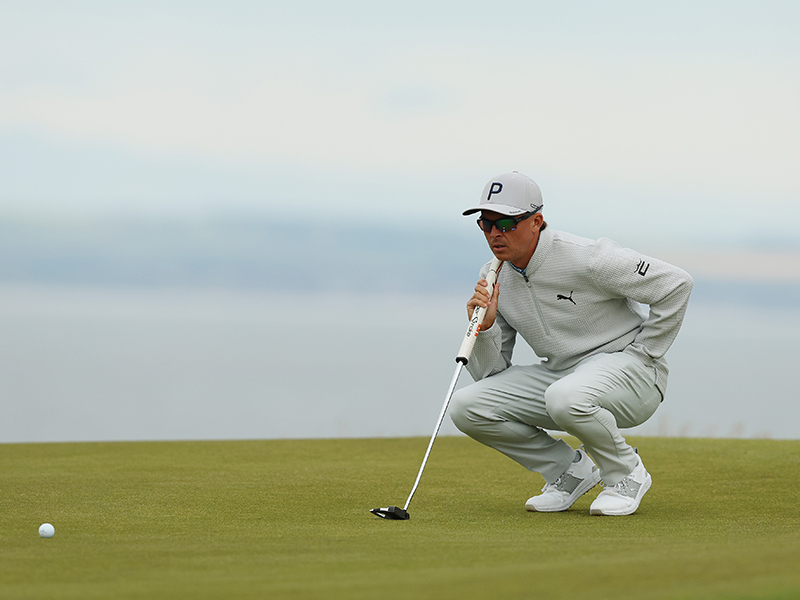
5. Chipping
I see recreational golfers flick at the ball or try to help it up in the air, but with chipping, your lower body needs to be fairly stable and your head should not move until after impact. Sometimes you see people go a little too short on the backswing and try to accelerate, rather than going for more of a consistent tempo.
However fast and far you take it back, that’s where speed is coming from – it’s very similar to a putting stroke. It’s all tempo and rhythm on basic chip shots. However far you take it back and how fast, that’s basically what you’re going to be putting back into the ball. As soon as you start changing speeds, that throws off the connection of the hands and the club.

Garrett Johnston is a golf reporter and presenter who’s covered pro golf for 12 years including over 30 majors. His goal each year is always to “grow with the rookies” on Tour. The idea is to get to know the superstars before they become household names. Tony Finau, Gary Woodland, and Patrick Reed are just some of the players Johnston has covered from their early pro careers for their hometown newspapers. Johnston’s favorite event is always The Open, and he credits his unforgettable experience covering the 2015 Open at St. Andrews where he got to interview Tom Watson (in his final Open) and winner Zach Johnson exclusively throughout the week as his favorite event so far. Johnston has also developed a strong rapport with Tour caddies and regularly contributes to Caddie Network and Golf.com. He also has his own podcast: Beyond The Clubhouse
-
 Rory McIlroy's Sports Psychologist Explains Why He 'Didn't Talk' To Bryson DeChambeau In Masters Final Round
Rory McIlroy's Sports Psychologist Explains Why He 'Didn't Talk' To Bryson DeChambeau In Masters Final RoundDeChambeau raised eyebrows at Augusta National when claiming that McIlroy wouldn't engage in conversation during the final round of The Masters
By Jonny Leighfield
-
 RBC Heritage 2025 Picks, Odds And Predictions
RBC Heritage 2025 Picks, Odds And PredictionsAfter a thrilling week at The Masters, the PGA Tour returns to Harbour Town Golf Links and the fifth Signature Event of 2025
By Matt Cradock
-
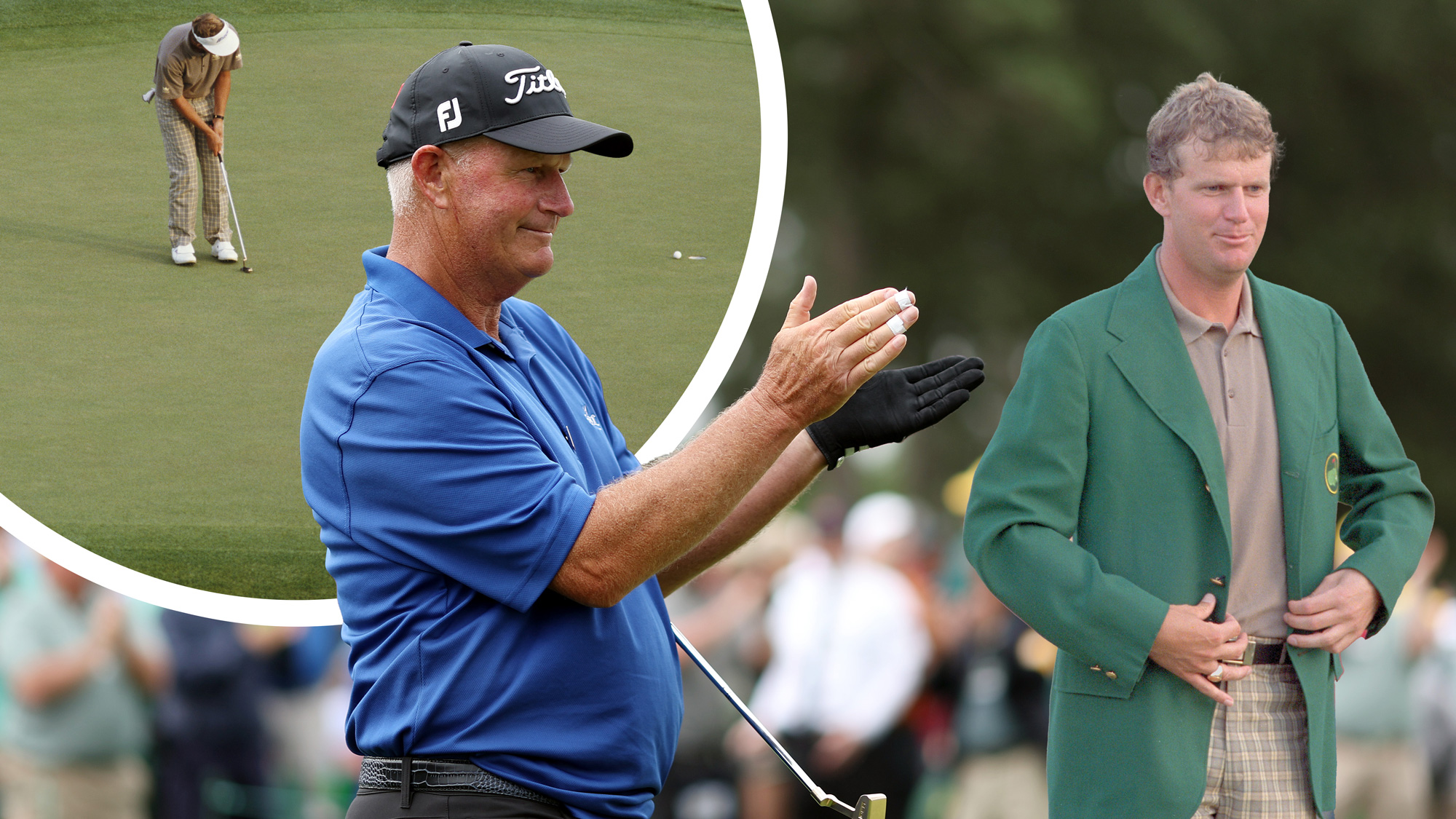 Sandy Lyle Shared 3 Top Tips With Us Prior To Winning The Masters in 1988... And They Could Still Save You Shots 37 Years Later
Sandy Lyle Shared 3 Top Tips With Us Prior To Winning The Masters in 1988... And They Could Still Save You Shots 37 Years LaterThe 1988 Masters Champion shared his expert tips in the January 1988 issue of Golf Monthly, but they are still absolute gems for amateur golfers to this day...
By Barry Plummer
-
 Are You More Accurate Than The Average Amateur Golfer? Peter Finch Can Help You Hit More Fairways In 2025
Are You More Accurate Than The Average Amateur Golfer? Peter Finch Can Help You Hit More Fairways In 2025There is no better feeling than striping one down the middle of the fairway, but many amateurs struggle with accuracy. Peter Finch has four pro tips to help...
By Barry Plummer
-
 Are You A Victim Of This Destructive Golf Swing Fault? Let Me Help You Fix It Before You Tee It Up This Weekend
Are You A Victim Of This Destructive Golf Swing Fault? Let Me Help You Fix It Before You Tee It Up This WeekendAn overswing in golf is a destructive habit which can cost us precious shots on the golf course, but PGA Pro John Jacobs has a quick fix to get us game ready...
By Barry Plummer
-
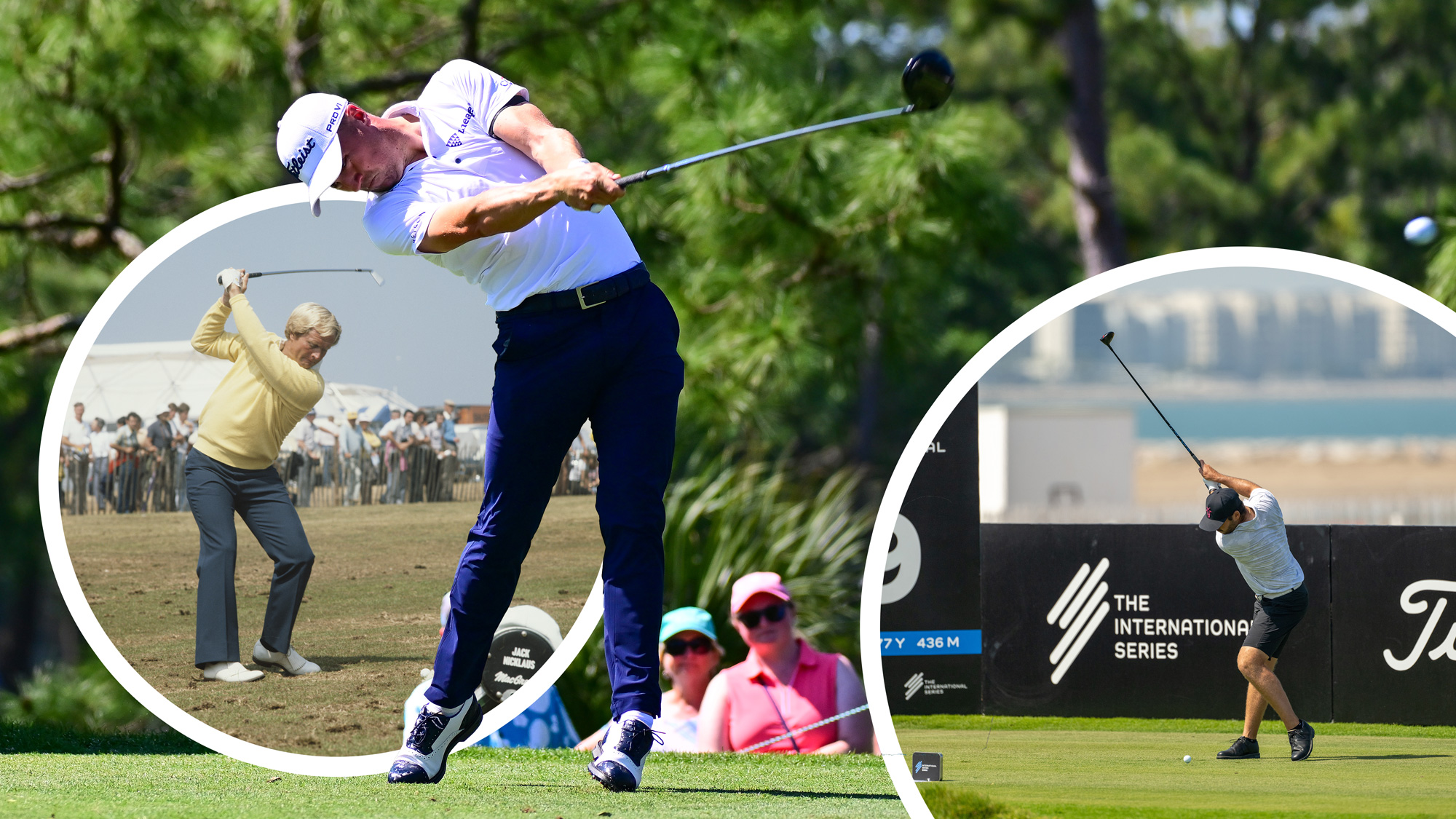 Do You Struggle With Distance Off The Tee? Try This Quick Fix To Make 2025 Your Biggest Golf Season Yet
Do You Struggle With Distance Off The Tee? Try This Quick Fix To Make 2025 Your Biggest Golf Season YetStruggling with distance off the tee could be a major reason why your handicap isn't coming down or your scores aren't improving, but our quick fix can help...
By Barry Plummer
-
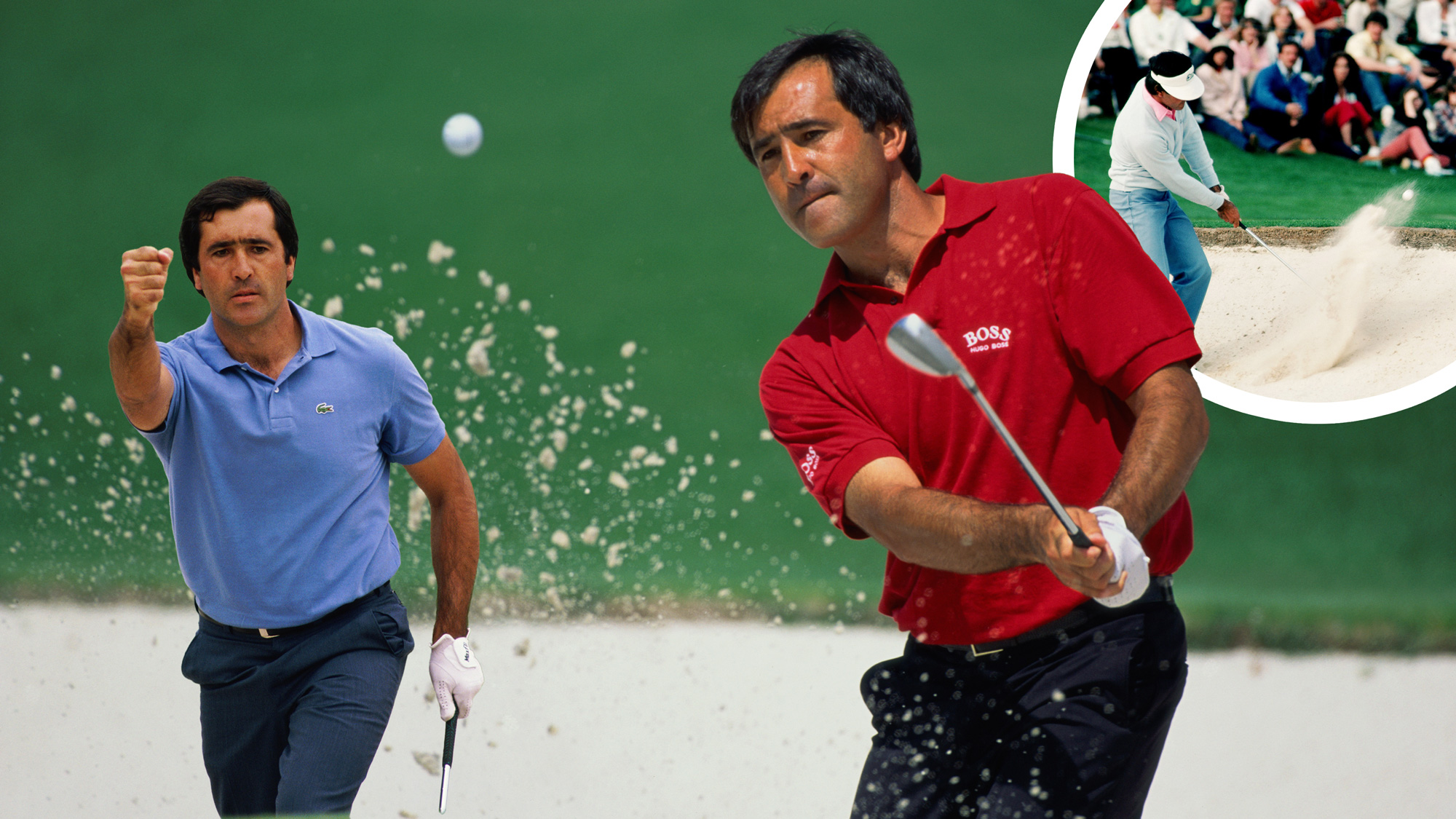 Seve's 'Lost' Bunker Lesson: Master Slopes And Transform Your Short Game Today
Seve's 'Lost' Bunker Lesson: Master Slopes And Transform Your Short Game TodaySeve's forgotten bunker lesson, from Golf Monthly's August 1983 issue, could hold the secret to better bunker play and supercharging your short game this season
By Barry Plummer
-
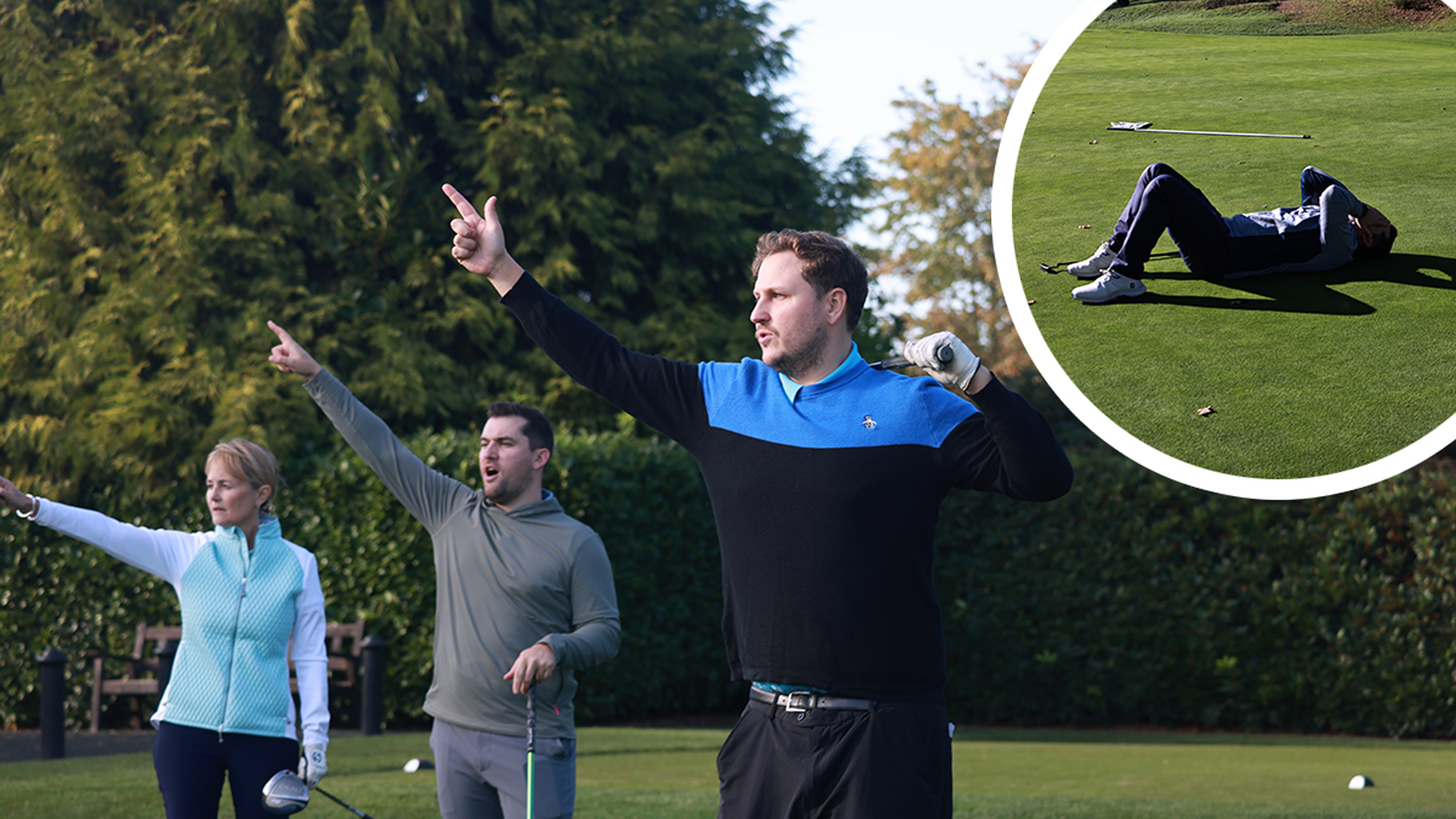 Is Your Golf Swing Failing You? This All-Encompassing Drill Can Instantly Save It
Is Your Golf Swing Failing You? This All-Encompassing Drill Can Instantly Save ItAre you struggling with your golf swing? Discover the all-encompassing drill that can fix common swing faults and restore your game. Get back on track today!
By Tom Motley
-
 I Attended An Exclusive Tee To Green Masterclass With A Top Golf Coach... Now I'm Sharing His 6 Transformative Tips With You
I Attended An Exclusive Tee To Green Masterclass With A Top Golf Coach... Now I'm Sharing His 6 Transformative Tips With YouFew golfers get the chance to spend an entire day with a top golf coach, which is why I can't keep his six expert tips to myself. Get ready to play better golf!
By Barry Plummer
-
 5 Things The Biggest Hitters Do To Generate Power In Their Golf Swing (And How You Can Copy Them)
5 Things The Biggest Hitters Do To Generate Power In Their Golf Swing (And How You Can Copy Them)Generating more power is a great way to improve your handicap and shoot lower scores. So, we analysed the biggest hitters in golf to help you hit it further...
By Barry Plummer